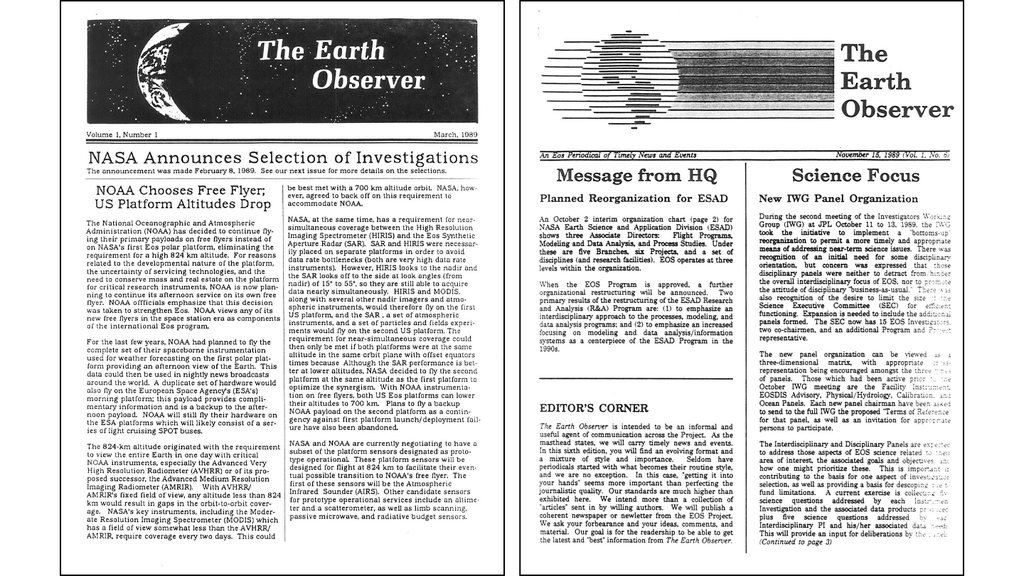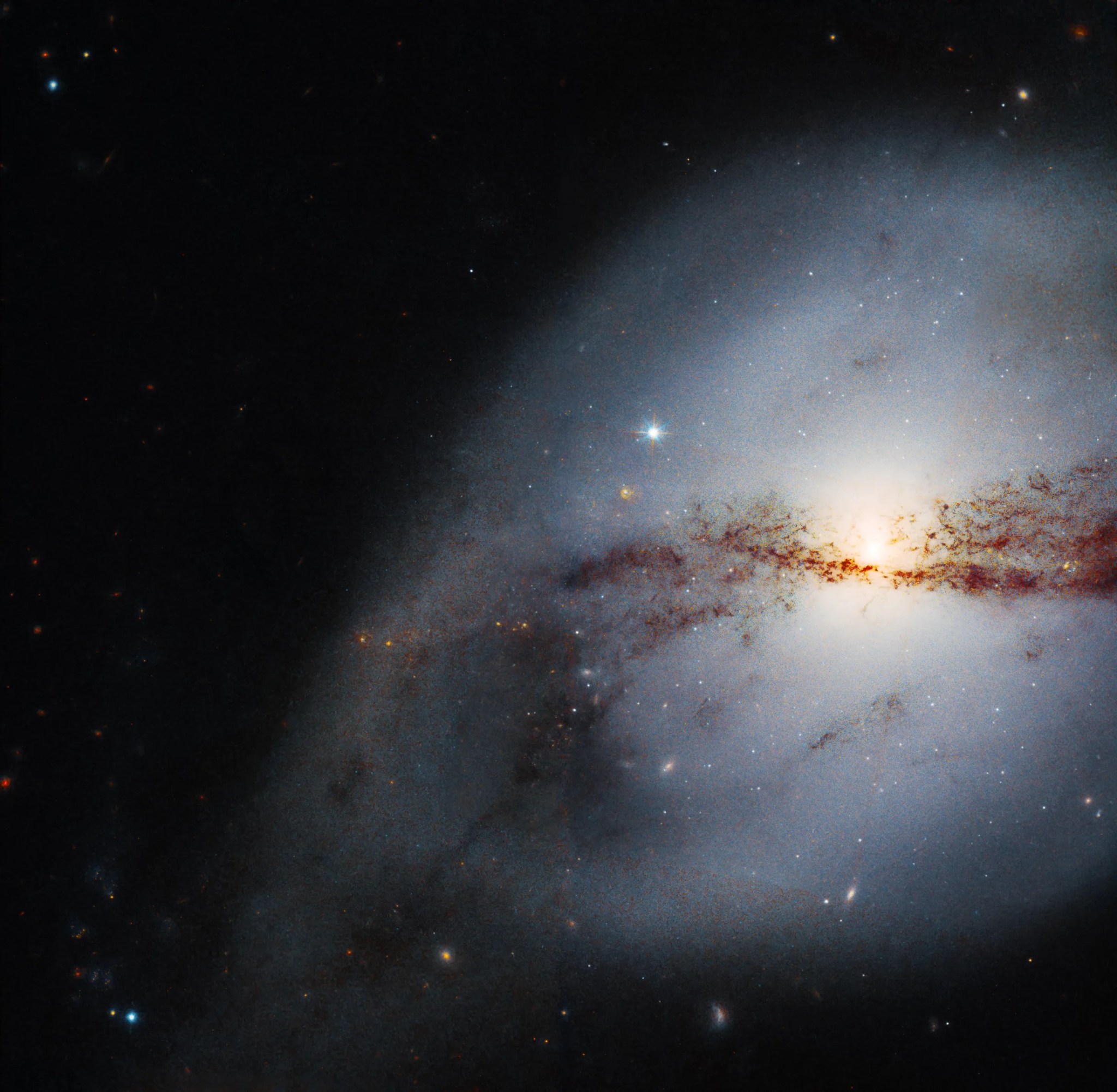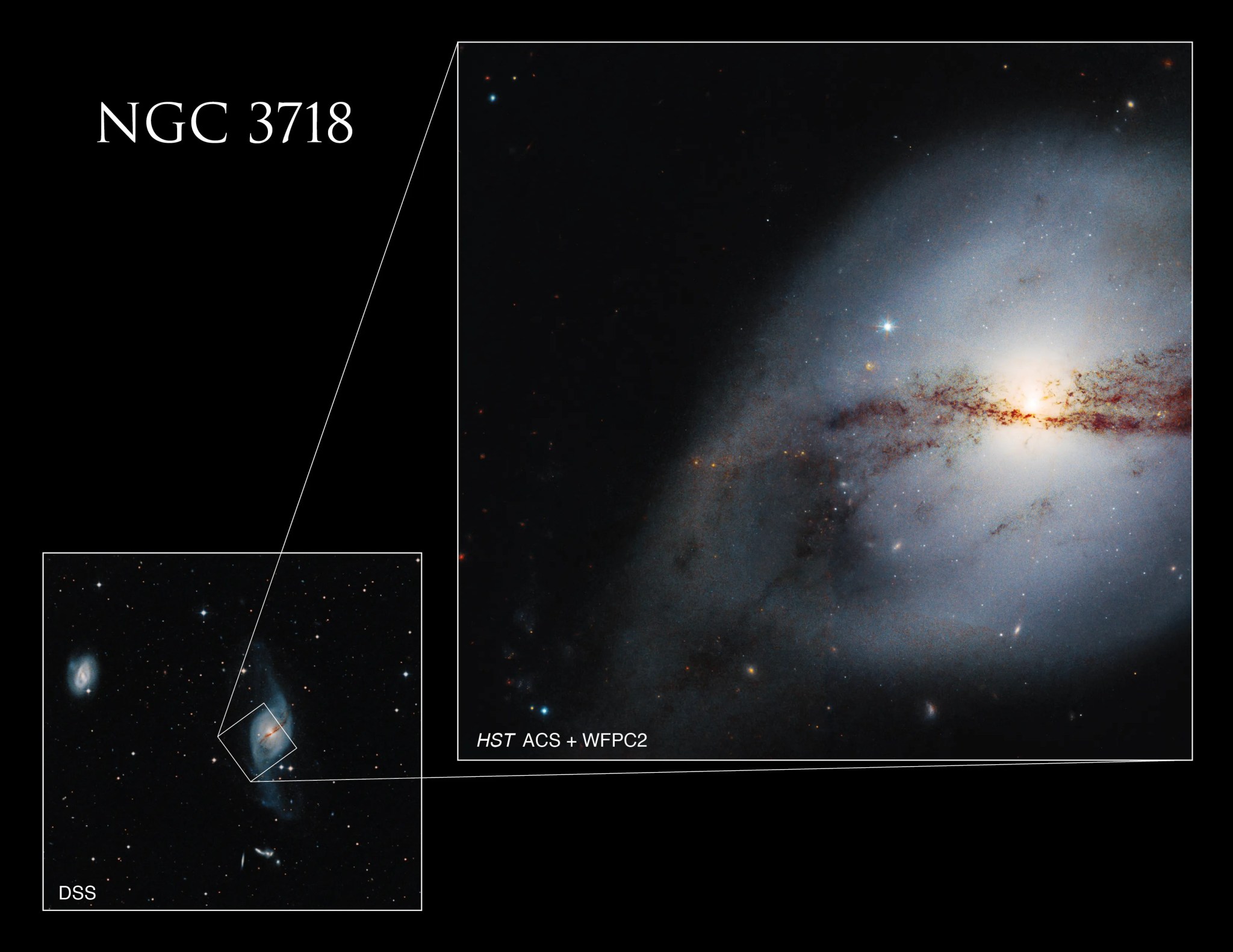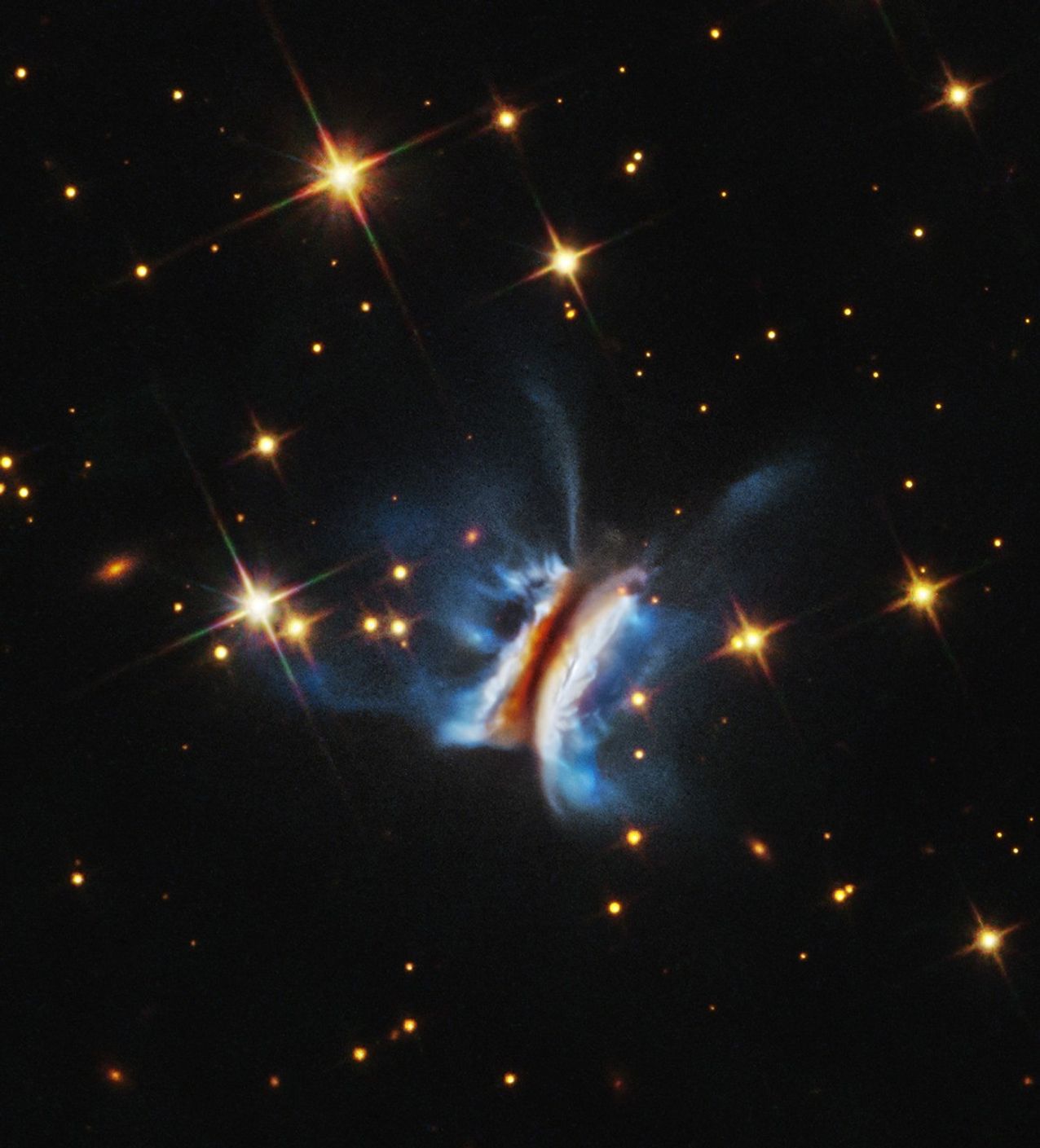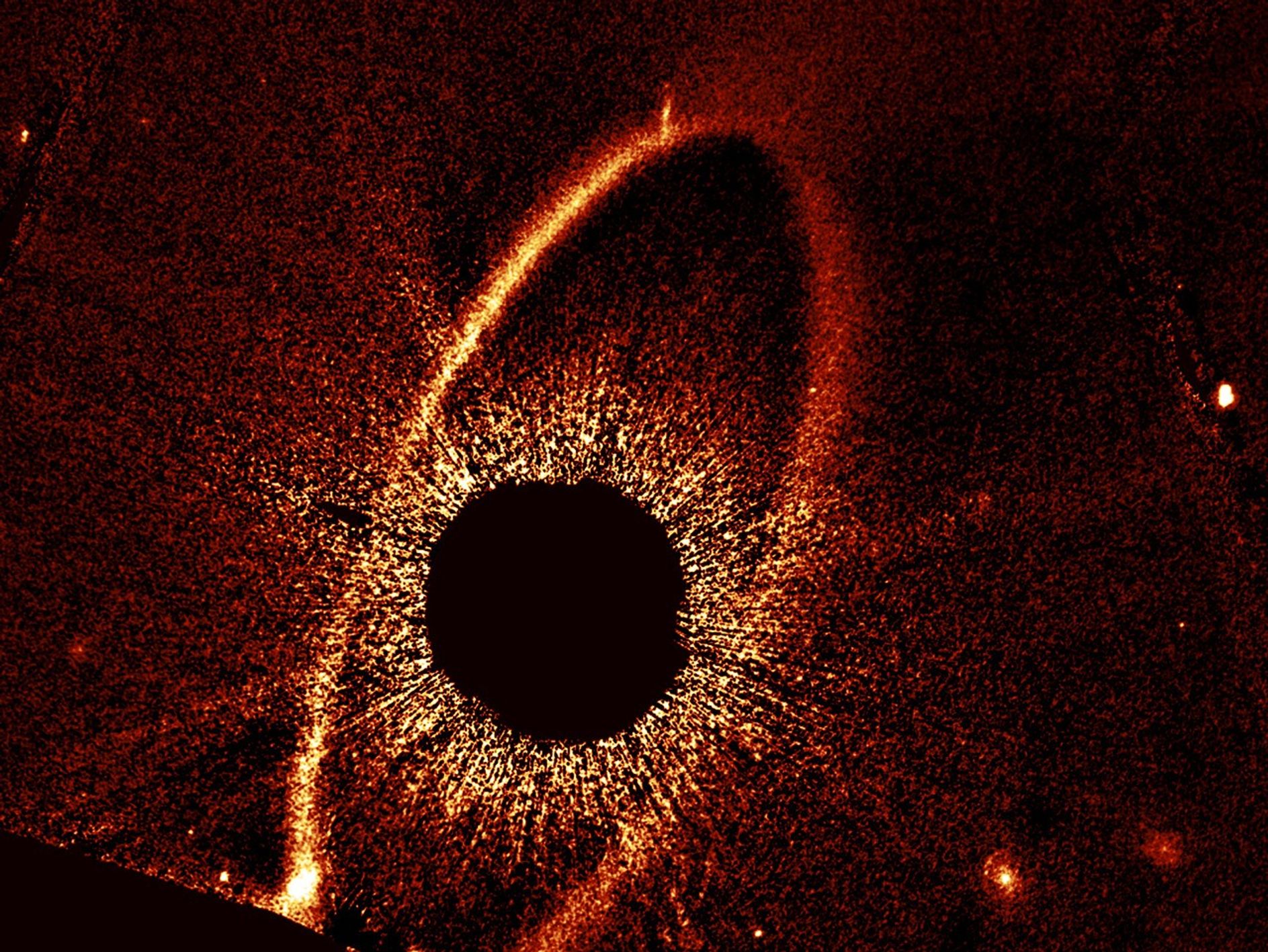NGC 3718 is a highly disturbed spiral galaxy with an unusual, warped shape that looks a bit like a plump letter “s” from Earth, with a thin thread of dark dust snaking through it. Hubble’s view of this portion of NGC 3718 shows the sinuous, twisting dust lane in detail as it sweeps by the core of the galaxy and curves into the surrounding gas. Both the galaxy’s gas and dust lane are similarly distorted into this unique configuration.
The nucleus of the galaxy is extremely hard to detect in either visible or ultraviolet light because the prominent dust lane blocks much of those wavelengths, but it can be seen when viewing infrared light, which passes through dusty regions. NGC 3718, also called Arp 214, is thought to get its unusual shape from gravitational interaction with nearby galaxy NGC 3729, another spiral galaxy located approximately 150,000 light-years away. Among the features likely caused by this interaction are the line of reddish star formation that extends toward the 9 o’clock position, and the dark tendril of dust that reaches toward the 7 o’clock position.
Hubble took this image in infrared and visible light as part of a study of the central regions of disk-shaped galaxies with prominent bulges of stars in multiple environments. The study was meant to help clarify the relationship between the mass of supermassive black holes and the properties of galactic bulges; and to investigate star formation on a galactic scale, from the region around the nucleus to a galaxy’s disk.
Media Contacts:
Claire Andreoli
NASA's Goddard Space Flight Center
301-286-1940
















